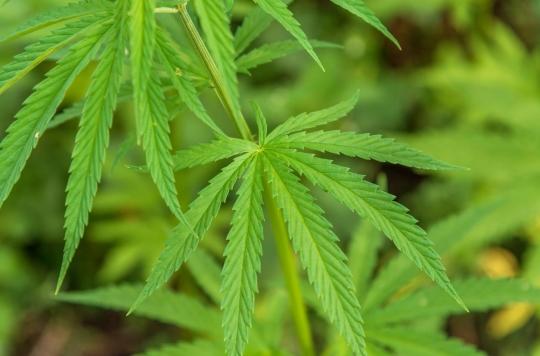Regular cannabis users tend to withdraw into themselves, here’s why.

- Cannabis use can lead to reduced social interactions.
- After exposure to cannabis, receptors located in cells of the central nervous system are activated.
Cannabis use can lead to behavioral changes, including reduced social interactions in some individuals. To better understand the phenomenon, researcher Giovanni Marsicano and his Inserm team, in collaboration with the team of Juan Bolaños from the University of Salamanca (Spain), identified for the first time the cerebral mechanisms that underlie the relationship between cannabis and decreased sociability. Their results are published in the journal Nature.
Star shaped receivers
More specifically, the scientists show that after exposure to cannabis, receptors located in cells of the central nervous system are activated. Called astrocytes, these star-shaped receptors lead drug users to withdraw into themselves.
“Given the importance of astrocytes and the use of energy for brain function, we wanted to understand the role of these very particular cannabinoid receptors, and the consequences on the brain and on behavior when they are exposed. cannabis”explains Giovanni Marsicano.
To do this, his team exposed mice to the cannabinoid THC, the main psychoactive compound in cannabis. Their social interactions were clearly reduced, up to 24 hours after taking the drug.
Find therapeutic solutions
“Our study is the first to show that the decline in sociability sometimes associated with cannabis use is the consequence of impaired glucose metabolism in the brain. It also opens new avenues of research to find therapeutic solutions to alleviate some of the behavioral problems resulting from exposure to cannabis. In addition, it reveals the direct influence of the energy metabolism of astrocytes on behavior”details Giovanni Marsicano.
His work thus opens up new perspectives in the care of patients suffering from cannabis addiction. In France, cannabis experimentation concerns 45% of adults aged 18 to 64. Consumption during the year amounts to 11% (15% for men and 7% for women), this proportion proving to be stable over time. Regular use is reported by 3.6% of the population.
.
















